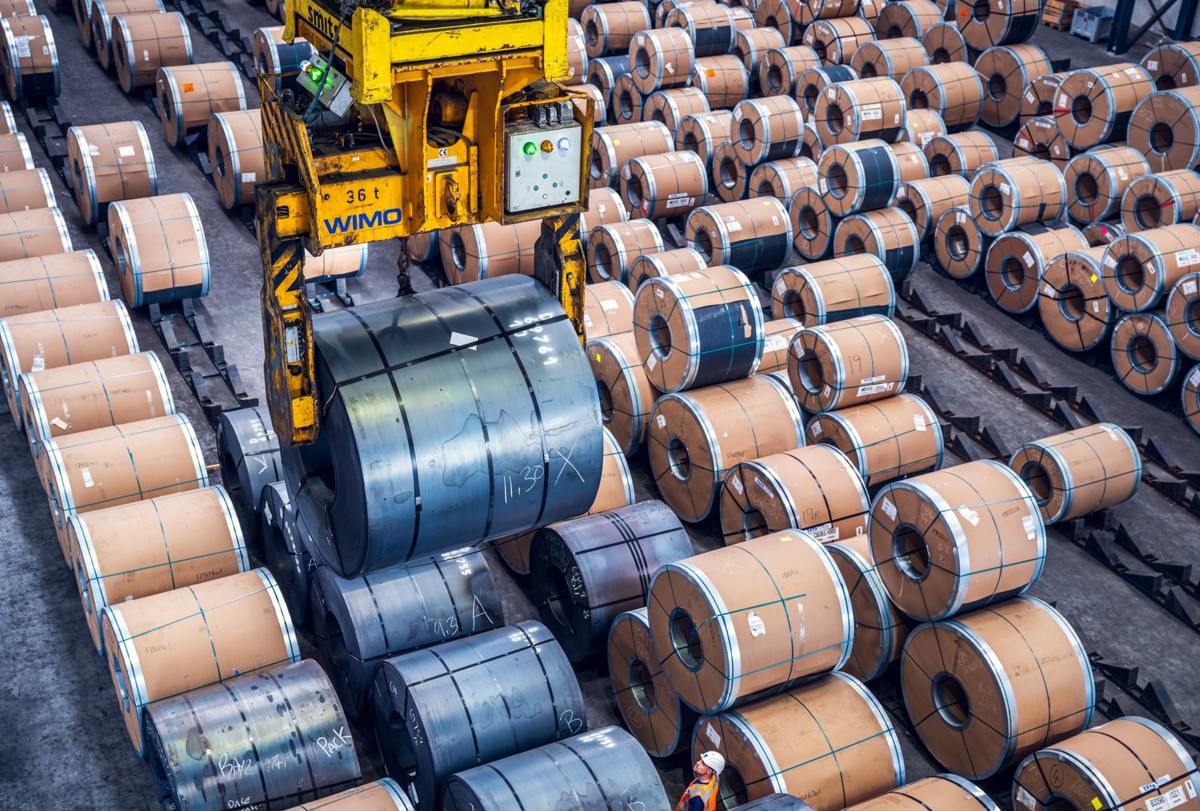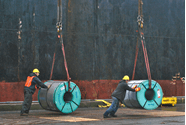Mexico
July 15, 2025
Miller on Scrap: New US tariffs set to stir up scrap, pig iron markets
Written by Stephen Miller
President Trump’s threatened tariffs on Brazil, USMCA partners, and Europe could shake up the scrap and pig iron markets in August.
After a ho-hum round of scrap buying in the first few days of July, it looked like there was not going to be any real movement in the ferrous metrics for a while.
Most of our sources predicted sideways prices in both scrap and pig iron for August with the faint hope of the steel tariffs coming to the rescue.
Well, the tariffs came through but not the ones that were contemplated.
Last week, the Trump administration announced the planned implementation of a 50% tariff on Brazil and a 35% and 30% tariff on imports from Canada and Mexico, respectively. They are set to start on Aug. 1.
Pig iron from Brazil
With this 50% tariff, the general feeling is it will include pig iron, although there is nothing official as yet.
All of the sources SMU has contacted now think the US scrap market will increase in price if this does occur, especially for prime scrap.
Of course, the pig iron market will explode as there does not seem to be other countries that could fill the void if Brazilian imports are stymied. Most other potential countries are also subject to tariffs at various restrictive levels.
Ukraine would be a good bet since their tariff rate is only 10%, but they can only ship so much. The June figures are in and Ukraine shipped 100,600 metric tons (mt) to the US, bringing their six-month total to 682,000 mt. So, they are consistently providing two cargoes each month. As we reported last week, Brazil has shipped 1,620,000 mt to the US so far this year.
Canada and Mexico
The 35% and 30% tariff on Canadian and Mexican goods, also announced last week, sent concern through the ferrous trade about the fate of scrap imports from our northern and southern neighbors.
There are reports ferrous scrap might not be tariffed because it is USMCA compliant. But, again, there is nothing official explaining which products are exempted.
SMU contacted the Canadian Association of Recycling Industries (CARI) to see what they have heard. They responded that they received nothing official on the subject. Likewise, a large scrap trading firm in Canada SMU queried said the same thing.
Assuming Canadian and Mexican scrap are not subjected to tariffs, it basically gives US steelmakers some way to avoid a dramatic rise in the price of prime scrap. Namely, increase imports from our USMCA partners. This may be a tough assignment given a lackluster industrial environment.
Europe
Another potential supply problem is the tariffs recently announced on the European Union of 30%, also set to start on Aug. 1.
Our initial understanding is that ferrous scrap is going to be included. The US-based EAF mills commonly import prime scrap from the UK and Northern European sources in bulk shipments. These shipments generally amount to 25,000 to 75,000 mt per month depending on the US prime scrap market.
Although US mills do not depend upon this material, the lack of it could reduce their options if tariffs on the flows of other low-residual alternatives are disrupted.







